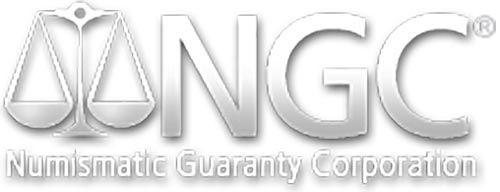

Portland, Oregon is well known to the rest of the country for its progressive, forward-thinking style. The city is rich in culture, abundant with examples of its pioneer history through old world architecture and the use of natural resources.
Prior to the 1840’s, Portland was nothing more than a small portion of land along the river known as “The Clearing.” It was inhabited primarily by Native American tribes of the Pacific Northwest and eventually by immigrants in small settlements who engaged in farming the land. The population grew, as did the need for a more urban environment to fulfill various trades and skills of a functioning local economy. This booming little town proved to be very prosperous in a short amount of time until word of gold findings in California made headlines.
What began as a small gathering place for travelers to rest their wary bones evolved into the City of Portland that we know today. With the quick flip of a coin, the name “Portland” was chosen, and an interesting history, which includes its own currency, Beaver Money, was born. How exactly was this currency conceived and what purpose did it serve?
Thousands of able-bodied men with dreams of striking it rich found themselves on a treacherous journey from Oregon to California. Given that Oregon was one of California’s neighboring states, making Oregon substantially closer to its southern neighbor than most of the rest of the United States, the vast majority of the dreamers was able to make those dreams a reality.
While there was massive exodus of the Portland male population during this time, those who chose to stay behind to work the land and sell goods made an overwhelming profit. Since Portland had become known as the town to gain provisions before heading south to California or north to Yukon Territory, price gouging became an everyday occurrence. When the men returned, pockets bulging with gold nuggets and satchels full of gold dust, they found that not only had they struck it rich but others such as the town cobbler and local farmers had done so as well.
The previously used bartering system for locals became harder to oblige and the gold dust grew ever more bothersome to manage. Many store owners were accused of rigging their scales in efforts to cheat their customers out of more gold. Portland officials decided it was time to develop a currency with which to conduct business and remain fair and consistent for their citizens. The resulting product became known as Beaver Money.
The Oregon Exchange commissioned a Salem jeweler to design the stamps and dies to be used for $5 coins. Another Oregon City man, Victor Monroe Wallace, gave life to the $10. The Oregon Mint did not incorporate an alloy into the coins, leaving them as pure gold as pos sible. They contained 8% more gold than their U.S. struck counterparts. Thirty thousand dollars worth of gold dust was melted down and transformed into six thousand $5 pieces and 2,850 $10 coins. Each coin was stamped with the image of a beaver on the obverse, thus prompting the name of “Beaver Money.”
sible. They contained 8% more gold than their U.S. struck counterparts. Thirty thousand dollars worth of gold dust was melted down and transformed into six thousand $5 pieces and 2,850 $10 coins. Each coin was stamped with the image of a beaver on the obverse, thus prompting the name of “Beaver Money.”
The coins would be used as the main form of currency in the Willamette Valley for an undetermined length of time. The U.S. Treasury eventually recalled the currency, and as incentive to turn in the coins being hoarded, offered a $.50 premium on $5 pieces and $1 premium on $10. While the majority was turned over and melted down to create legal tender by the newly established San Francisco Mint, many still chose to hold onto their Beaver Money.
According to various sources, the surviving pieces, said to be around a total of 50, can be worth $27,000 for a $5 coin in decent condition, all the way up to $300,000 for an impeccable, uncirculated $10 gold piece.
Though much of the machinery used to strike the coins was washed away during an 1867 flooding, the dies are still being held at the Oregon Historical Society and remnants of this briefly lived time period are still present in the architecture around Portland and Salem.
If you like this article, then you might enjoy other articles in our archives, such as These Pioneer Coins Haven’t Been Seen In Years
Liberty Coin & Currency specializes in rare coins and currency. We are a family-owned business located in Portland and Vancouver. We are also gold, silver, diamond, currency and jewelry buyers. Visit us first for a free evaluation.
Like this post? Let us know on Facebook, Twitter, Instagram, or Pinterest.







